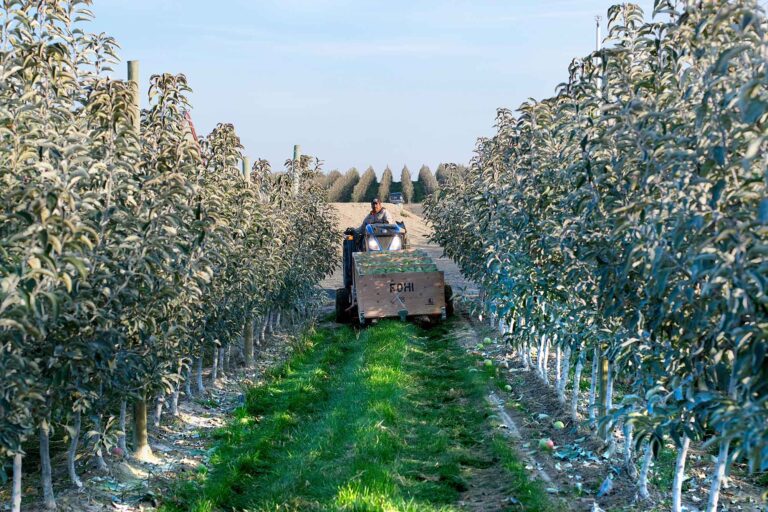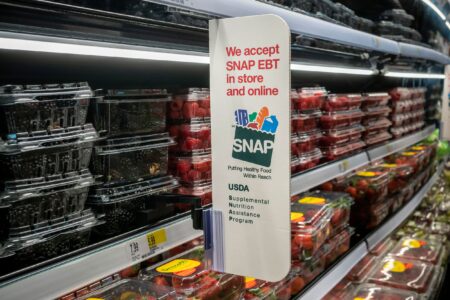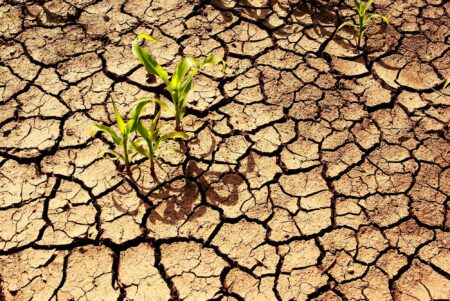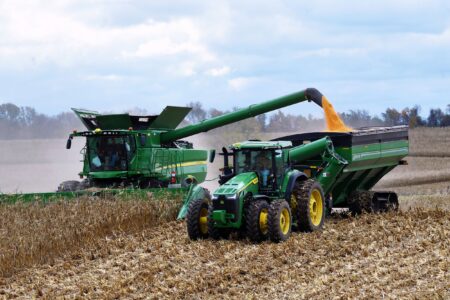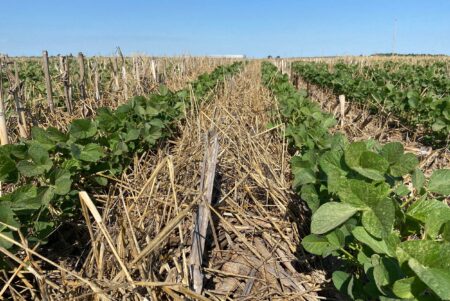Tariffs, budget cuts, and other actions of the second Trump administration have made the words “farmers” and “farming” a regular occurrence in media headlines. Across industry publications and mainstream outlets, these supersized words — such as Tariffs are not ‘fun’ and farmers are frustrated or Funding freezes and staff cuts pull the rug out from under farmers — attempt to corral American growers into a single identity.
Not only is that impossible to do, but it also does a disservice to unique and nuanced components of U.S. food production. And farmers hate when that happens. Wait, I mean, some farmers hate when that happens, while many other farmers probably don’t pay attention to that or don’t care.
It’s natural to think that people with similar job titles have a lot in common — and in agriculture, there is a lot of overlap. Not only is there the legal definition from the U.S. Department of Agriculture that denotes a farm as “any place that has or normally could have the potential for at least $1,000 in sales from agricultural commodities,” but there are ideological similarities, too. I’ve never met a farmer who didn’t want to produce a healthy and safe product in ways that are both financially and environmentally sustainable to preserve the land for the next generation.
But is it reasonable to imagine that the concerns of a 6,000-acre Midwest corn grower are the same as those of an orchardist from agriculturally diverse state such as Washington, where apples are the highest-grossing crop? After all, they both fit the term “farmers” and arguably would be the focus of those aforementioned headlines.
But they’re not the same, are they? The methods of production, input costs, soil types, harvest dates, subsidy distribution, and export markets are just some of things that make these producers wildly different.
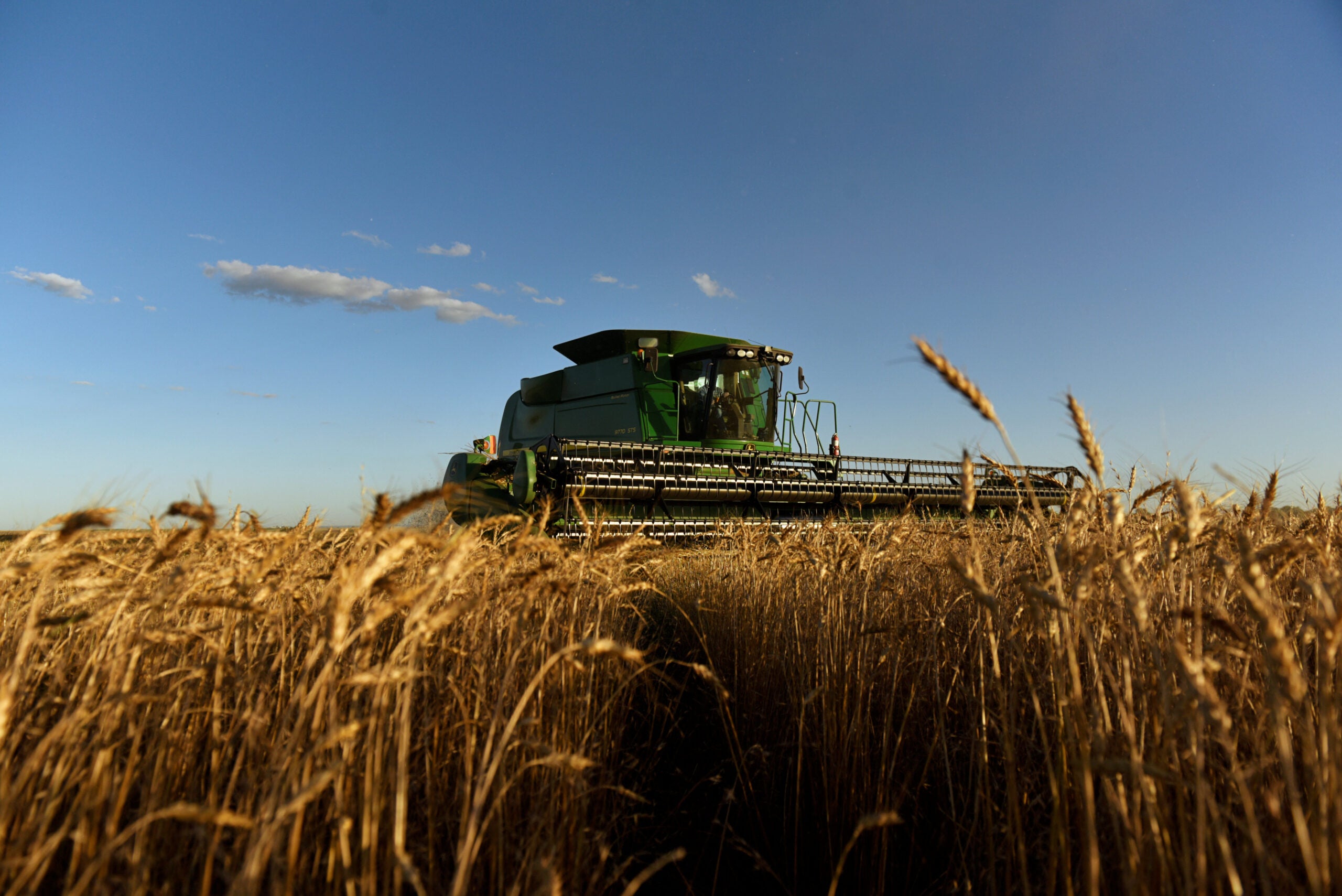
So when the media talks about “farmers” in various states of crisis or concern, who exactly are they talking about? Certainly not all farmers at this given time, right?
How someone interprets the headline is based on the source and the audience’s background, geography, and preconceptions. Someone living in a densely populated city in the Northeast, for example, may envision dairies or specialty crops grown on a couple of hundred acres when they hear the word “farmers.” Meanwhile, someone who drove three hours through central Indiana to attend college would have passed miles and miles of open farmland and gravitates toward corn and soybeans as the standard-bearer of the modern agriculturalist.
Each of those examples consist of farmers, but not of farmers identically affected by market prices, trade deals, or resource access.
Could you imagine a headline making a blanket statement implying that “office workers” or “mechanics” are all of one hive mind and think the same or are impacted the same?
Even the tone of the media’s delivery can influence how a reader interprets a generalized “farming” term in a headline. Are deserving farmers not getting enough support? A suburban reader could likely conjure the idea of small mom-and-pop operations or even urban farming plots when they think of funding needs. But when the headline talks about farmers getting crucified in trade wars, the overwhelming notion is to think of more conservative regions of the country that “got what they voted for.”
When print media was a dominant form of communication, headline space was at a premium, and editors needed to take shortcuts that generalized a demographic. In the digital world, there is far more flexibility, and media outlets have the opportunity to be more deliberate, appropriate, and accurate in their characterizations. Outdated habits have no relevance in today’s media.
There are commodity growers, specialty farmers, organic producers, immigrant farmers, and orchardists, just to name a few of the groups that are the subject of articles but should not be automatically painted as a representative of all farmers. It takes empathy to think outside the box and realize that there are people who may not fit one’s gut reaction to the term “farmer.”
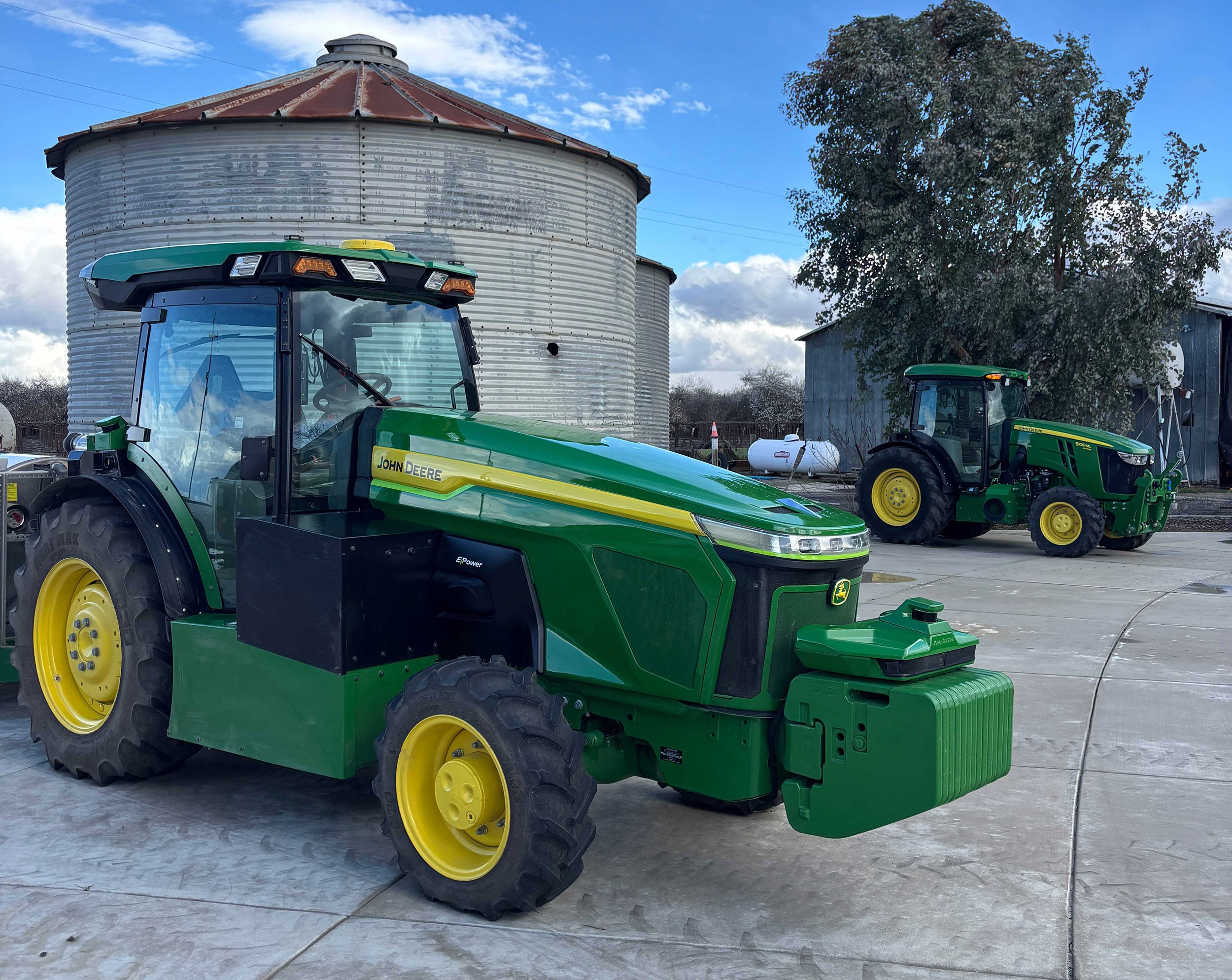

Even within the farming community, perspectives can be shaped by personal experience. A commodity producer surrounded by similar operations may naturally associate the term “farmer” with large-scale row crops. This can make it less intuitive to consider how precision agriculture tools might benefit small-scale farms or how battery-powered tractors could be well-suited for Napa Valley vineyards or Florida citrus groves.
Agriculture is not a monoculture of effort or performance, and no one should look at it as such. The industry moves with one goal — the oft-stated production of food, fiber, and fuel — but there are numerous avenues individual farmers can take to reach that. And it’s those diverse journeys that can make our food system most secure.
Ryan Tipps is the founder and managing editor of AGDAILY. He has covered farming since 2011, and his writing has been honored by state- and national-level agricultural organizations.


:max_bytes(150000):strip_icc()/rendering-of-JBS-perry-1536x864-0116c5fb21784c678e665d021fde735d.png)
:max_bytes(150000):strip_icc()/AzizAryNeto-626535581-7a5f7000a34a4186a50d45c56a56a847.jpg)
:max_bytes(150000):strip_icc()/DOANCATTLE_beef_cattle-9affe2865e0d4f7ab3ca0c40454eae99.jpg)


